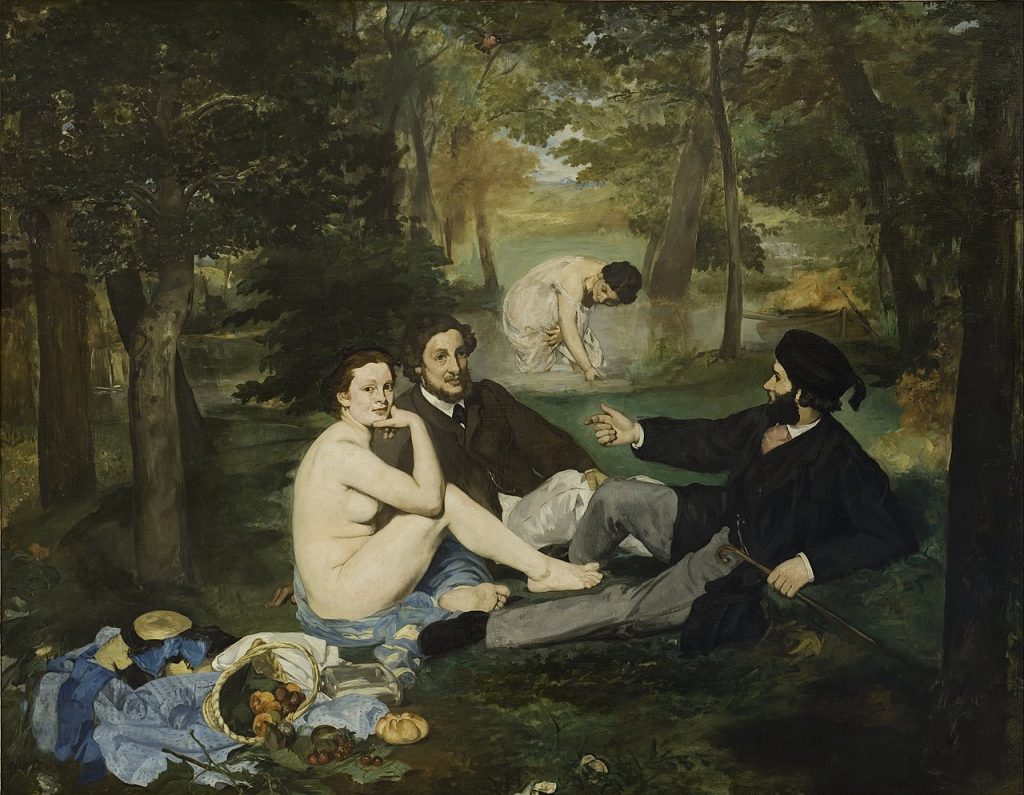Abhishek Kumar
JANUARY 23, ON THIS DAY
“You would hardly believe how difficult it is to place a figure alone on a canvas, and to concentrate all the interest on this single and universal figure and still keep it living and real.”
Edouard Manet
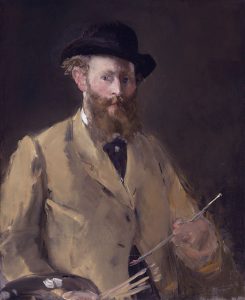
Edouard Manet was a French painter best known for his contributions to the transition from Realism to Impressionism. He is remembered for his paintings that depict everyday life in Paris. Manet was also a master of still life and portraiture, with his works often featuring a modern, contemporary subject matter. He was one of the first artists to embrace the use of flatness and bold colors in his paintings. Manet’s use of light and color in his paintings was very important to him. He often used bright and vibrant colors to create a sense of movement and energy, as well as dark and somber tones to create a sense of atmosphere and emotion. He also used light to create a sense of depth and perspective in his works. He was also known for his bold, expressive brushstrokes, which often gave his paintings a sense of immediacy and emotion.
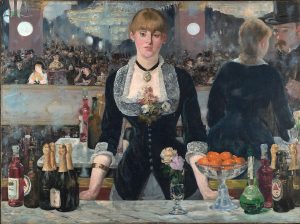
Manet was born in Paris, France on 23 January 1832. He was encouraged to pursue a law career but instead chose to study art. Manet was trained at the studio of Thomas Couture, a traditional painter, and later in the studio of Charles Gleyre. Manet attended the prestigious Lycee Louis-le-Grand in Paris. Manet started his artistic career in 1848, painting portraits of his friends and family. Manet’s early work was heavily influenced by the Old Masters, but he soon began to develop a more modern style, painting scenes of contemporary life and society. Manet had a unique approach to painting, often rejecting the conventions of the academic tradition. He used a loose brushstroke, a muted palette, and a focus on everyday life to create works that were seen as revolutionary.
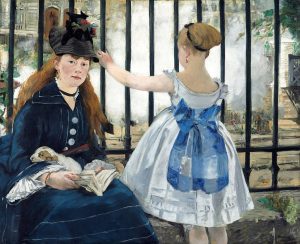
Edouard Manet is widely regarded as the father of modern art and is best known for his pioneering works on modern life and society. He is particularly famous for his paintings of everyday Parisians engaged in leisure activities, such as “Le dEjeuner sur l’herbe” (1863) and “Olympia” (1863). Both of these works shocked the contemporary art world with their frank depictions of unidealized figures. Manet also painted scenes of city life, such as “The Railway” (1873), which shows a steam locomotive passing through a crowded street. He also painted a number of works depicting the interior of Parisian cafes, such as “A Bar at the Folies-Bergère” (1882). These works not only document the city’s changing face, but also the social and cultural changes of the time. Manet’s paintings continue to influence and inspire modern artists today.
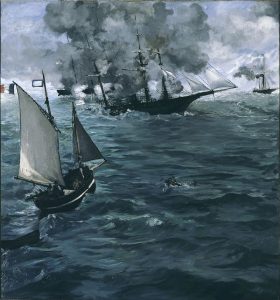
Edouard Manet is widely regarded as a pivotal figure in the transition from Realism to Impressionism. Manet’s works often have underlying meanings and symbolism that can be interpreted in a variety of ways. Manet often incorporated symbols of death, time, and nature in his paintings to convey deeper messages.
Death: Manet often used symbols of death in his paintings. This was often seen in his painting of dead game and other animals. In his painting, “The Dead Toreador”, Manet uses a dead bull as a symbol of mortality and the passing of time. In this painting, the bull is lying lifeless on the ground with a broken wooden spear in its side. This symbolizes the end of life and the fragility of mortality.
Time: Manet often used symbols of time to portray the passing of time and the inevitable end of life. In his painting, “Le Dejeuner sur l’Herbe”, Manet uses a clock to represent the passing of time. The clock is placed in the center of the painting, suggesting that time is the focal point of the painting and that the figures in the painting are all subject to the passing of time.
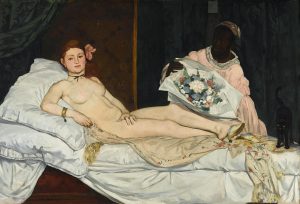
Nature: Manet often used symbols of nature in his paintings to represent the beauty and power of nature. In his painting, “The Railway”, Manet uses a steam train to symbolize the unstoppable force of nature and its power over people. The train is seen passing through the landscape, suggesting that it is beyond the control of the people in the painting and that it will continue on its path regardless of their presence.
Overall, Manet’s use of symbolism and meaning in his paintings was intricate and profound. He used symbols of death, time, and nature to convey deeper messages about mortality and the fragility of life. By using these symbols, Manet was able to create powerful works of art that still resonate with viewers today.
Manet is often credited with being one of the most influential painters of the 19th century, and his artistic legacy continues to have a profound impact on modern art. His innovative use of composition, color, and line helped to usher in a new era of painting that went beyond realism and into the realm of modernism. He helped to redefine the concept of artistic representation, and his works were often seen as a bridge between traditional academic painting and modern art. His influence can be seen in the works of many of his contemporaries, such as Monet, Renoir, and Degas, and remains evident in the works of modern day painters. Manet’s technical innovations and his incorporation of everyday life into his art has had a lasting impact on the development of modern art.
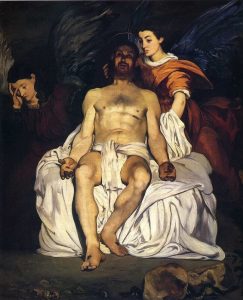
Sources:
- https://en.wikipedia.org/wiki/%C3%89douard_Manet
- https://www.theartstory.org/artist/manet-edouard/
- https://www.liveabout.com/techniques-and-style-of-edouard-manet-2578567
- https://drawpaintacademy.com/edouard-manet/
- https://www.manet.org/


